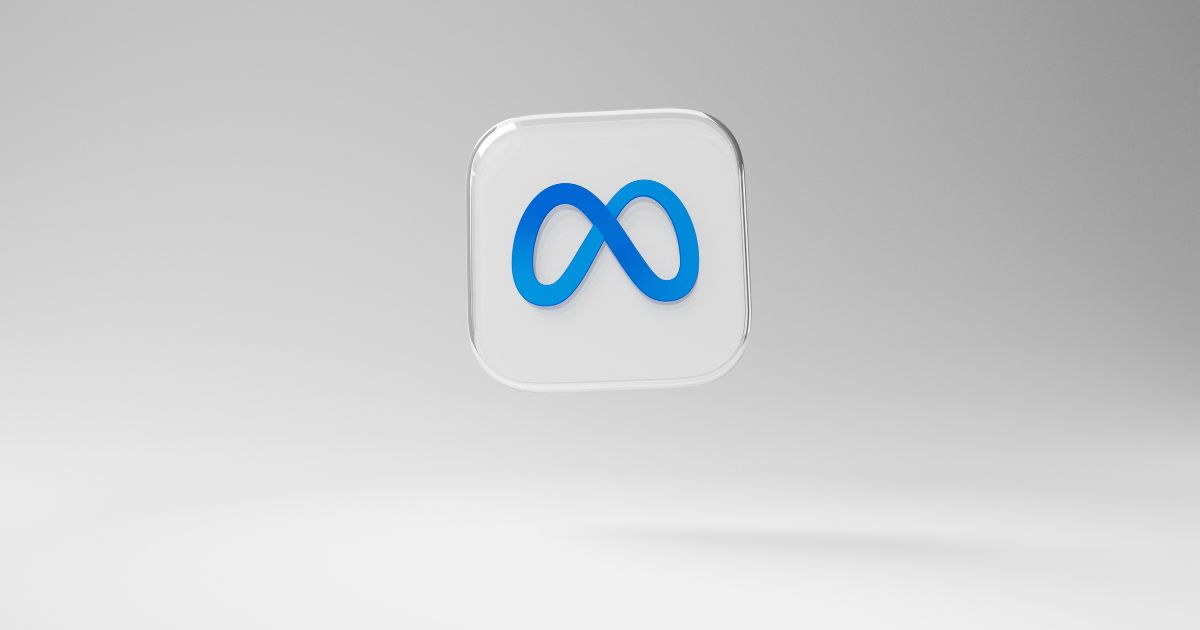Meta unveiled its new Ray-Ban Display smart glasses at the firm’s annual Connect conference. Selling for $799 and going on sale to consumers starting September 30 in the United States, the glasses represent Meta’s first venture into selling eyewear with a digital display built in. The launch is an important milestone in CEO Mark Zuckerberg’s larger ambition to move day-to-day computing from smartphones to headsets and glasses.
The Ray-Ban Display glasses are a follow-up to Meta’s previous prototype, the Orion glasses, which were shown at Connect last year. Orion had sophisticated 3D overlays but needed a computing puck, heavy frames, and was only used for demonstrations. The Ray-Ban Display, on the other hand, is a ready-for-market model meant for daily use.
The device has a little, translucent screen built into the right lens. This screen enables users to receive text messages, view picture thumbnails, see song details on Spotify, and view live captions for conversations. The images are like a tiny smartphone screen, but are kept semi-transparent in order not to block the actual world view. Nevertheless, the icons and words might look a bit fuzzy depending on the contrast of backgrounds, which means that the screen is inclined towards usability rather than entertainment.
Gesture Control via Neural Wristband
The glasses come with an EMG sensor wristband, which picks up electrical body signals to read hand gestures. Worn like a watch, the wristband allows users to perform actions such as scrolling through apps, launching the camera, or changing music volume. Gestures involve clenching a fist, swiping a thumb over an index finger, or pinching fingers. These controls aim to supplant conventional methods of input but could need practice to become comfortable with.
Witnesses reported that the interactions at times looked like over-the-top hand movements with the unique visual episodes that resulted during demonstrations. However, the wristband offered accurate control of features like volume adjustment via a circular motion of the finger, as if turning an invisible dial.
Camera and AI Integration
The onboard camera lets users preview photos and videos within the lens display, much like the picture-in-picture functionality on televisions. Live captions were also showcased, accurately transcribing speech in a noisy demo setting with background music present.
The glasses can be controlled with Meta’s AI assistant, as well as by gestures. Meta AI was supposed to tell you what you see in front of you, provide some background information, and provide better accessibility. However, in the demonstrations, the assistant did not necessarily switch on each time, which suggests that there may be more work to be done before the feature can be effective on a widespread scale.
Early Impressions and Market Positioning
The Meta Ray-Ban Display glasses are more practical than immersive augmented reality. The display does not offer wraparound graphics or high-fidelity visuals, but it allows you to conduct your basic functions, which are messaging, media playback, and previewing photos. This practical emphasis on functionality is consistent with Meta’s approach of introducing wearable computing gradually to consumers.
The $799 pricing puts the product at the upper end of consumer goods, potentially making it less appealing to mass markets. Nevertheless, the technology integrated into the wristband and Meta AI integration reflect the efforts by the company to go beyond voice and touchscreen as means of input. Developers are likely to be drawn to the product as a development platform for new applications.
All in all, the Ray-Ban Display glasses represent a continuation of how Meta is trying to experiment with wearable technology. Not a replacement of smartphones by any means but they give us the notion of how Meta is thinking of computing in the future with thin displays, AI-assisted assistance and neural-controlled input controls as normal accessories.




